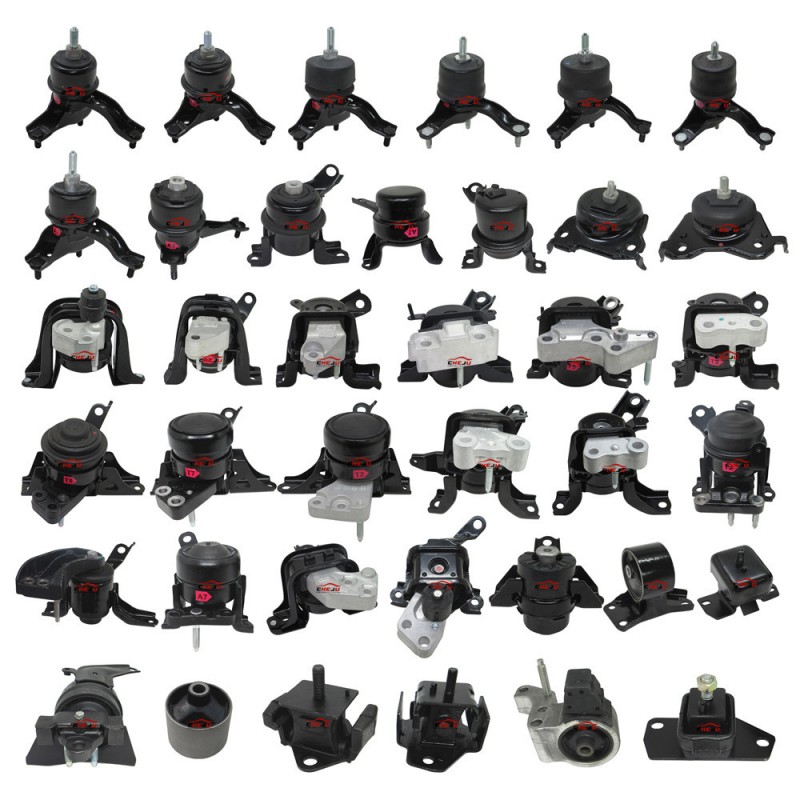Causes and Symptoms of Engine Mounting Damage
2025-07-31
Engine mounts, these seemingly insignificant components, can be devastating to the car owner if they fail. Having repaired cars for over a decade, I've witnessed countless cases where neglected engine mount damage led to major engine repairs. Let's start with the most common cause: Rubber aging is the number one cause, especially in the humid south and the north, where the temperature difference is significant. Rubber can harden and crack within a few years. Then there's the long-term heavy-load operation, especially for truck drivers. Overloading can subject the engine mounts to stresses several times their designed value. Another often-overlooked factor is aggressive driving. The inertial impact of the engine during sudden acceleration and braking can be like a hammer hitting the engine mounts daily.
The symptoms are also quite interesting. The most noticeable vibration is like a bee in the car, especially at idle, when the steering wheel shakes so much it can act like a massager. When in D gear and waiting at a red light, a "thumping" sound can be heard from the engine compartment. This is the engine "free-falling" within the compartment after the engine mounts have completely failed. Another hidden symptom is a sudden increase in shift jerkiness. New drivers often mistake this for a transmission problem, but it's actually a deformed engine mount that's causing the clutch engagement position to shift. I encountered a case last week where the owner reported an unexplained increase in fuel consumption. Inspection revealed that the engine mount was damaged, causing the engine to shift position and even changing the injector angle.
There are also tricks to repairing an engine mount. When replacing an engine mount, don't just look at the price; choose a high-end model with hydraulic shock absorbers, especially for vehicles with high NVH requirements. Always use a torque wrench during installation. One customer, taking a shortcut, didn't tighten the mount enough, and the engine mount shifted after half an hour of driving. If you discover an engine mount problem, it's best to check the engine mount as well; on many vehicles, these components are interconnected. Remember, engine shaking isn't necessarily a spark plug problem; checking the engine mount first is a surefire way to avoid it.
As a professional manufacturer and supplier, we provide high-quality products. If you are interested in our products or have any questions, please feel free to contact us.



